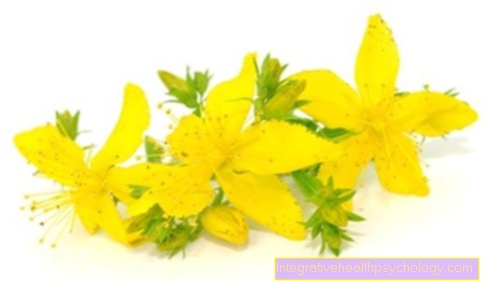Elephant
Latin name: Inula Helenium
Genus: Daisy family
Common names: Breast almond, intestinal root, Helenenkraut, Odin's head
Plant description Alant
Plant description: A man-high, sturdy plant with showy, yellow flower heads and large, tomentose, hairy leaves.
Flowering time: June to September.
Origin: probably Central Asia.
Cultivation: Cultivation in field crops for medicinal purposes.
Plant parts used medicinally
Rhizome from two to three year old plants, sliced and dried.
Young leaves air dried.
ingredients
Volatile oil with alant camphor, too Helenin called and up to 50% inulin, a fruit sugar similar carbohydrate.
Medicinal effects and use of alant
Expectorant, cough suppressant, slightly antispasmodic.
Application at to cough for ejection.
Because of the bitter substances (helenine) it contains, it is also used when there is a lack of appetite, Stomach discomfort and to promote the Biliary secretion.
In children's medicine, Alant was also used against intestinal parasites in the past. The drug is used externally to prepare gargles.
Fresh almond leaves placed on wounds are said to promote healing.
Preparation of alant
1 heaped teaspoon crushed Elephant root Pour ¼ l of boiling water over it and let it steep for 15 minutes. Drink sips sweetened with honey. 1 cup two to four times a day.
Use this unsweetened tea for gargling.
Combination with other medicinal plants
As a cough tea it is Elephant root more effective in combination with other medicinal plants:
- Elephant root 20.0 g
- Cowslip root 5.0 g
- thyme 15.0 g
and or - Ribwort plantain 10.0g.
Mix 1 heaped teaspoon with ¼ l cold water, heat slowly to boiling, strain. One cup sweetened with honey 2 - 4 times a day.
side effect
Overdoses lead to vomiting and stomach pain.





























